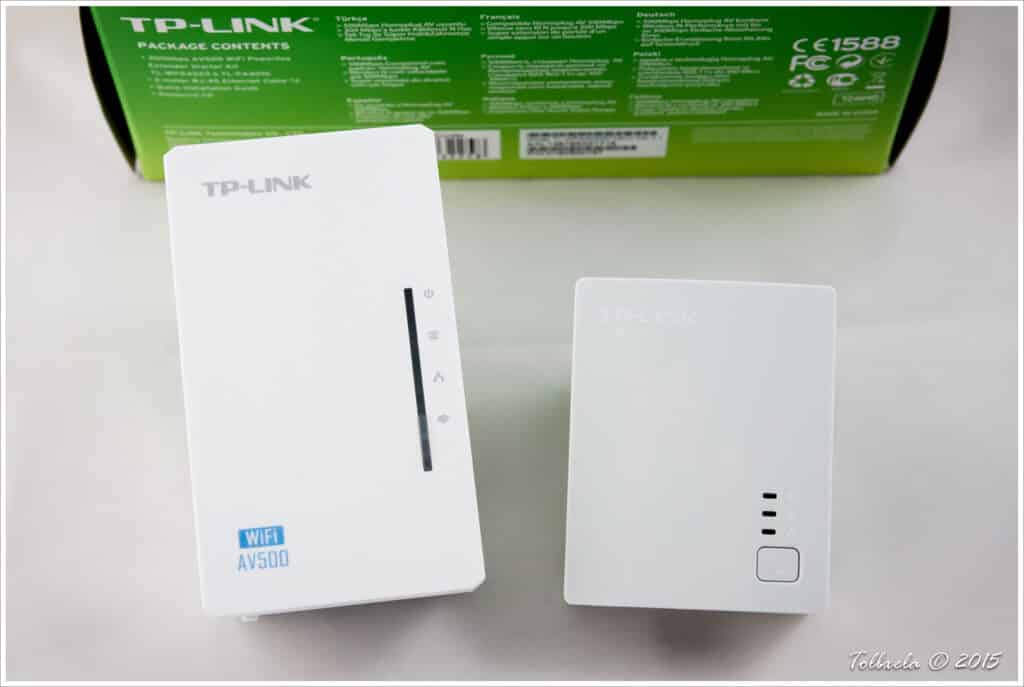When you purchase through links on our site, we may earn an affiliate commission. Here’s how it works.
How to Connect Wi-Fi Extender to Verizon Router – Overview
Verizon is one of the most reliable Wi-Fi providers, focusing on offering their clients the best speeds.
Even when using the best Wi-Fi service, sometimes the signal is not strong enough to cover every area of your home or office. This is where a Wi-Fi extender comes into play.
A Wi-Fi extender, also known as a range extender, is a device that extends the coverage area of your Wi-Fi network by repeating the signal from your router.
Ideal coverage depends on your home or office’s specific layout and construction materials, which can affect signal strength.
Considering factors like compatibility with your router, coverage needs, and additional features can help narrow down the options.
Here is how to connect the best WiFi extender for your Verizon router.

Get a Suitable Wi-Fi extender for a Verizon Router
You must consider some basic features when choosing the best Wi-Fi extender for a Verizon router.
The profile
When it comes to the extender’s profile, you need to look at whether the extender is a plug-and-play or desktop version, the type of antennas, and other physical factors.
Wall plug extenders are the most convenient and take up the least space. All you have to do is fix it on a free socket on the wall for it to work.
Advanced Wi-Fi extenders, designed as desktop models, often resemble routers and may come with built-in or external antennas for enhanced signal distribution.
These require a bit more room since they must be placed on a flat surface.
Frequency
Wi-Fi extenders may support single-band (2.4GHz) or dual-band (2.4GHz and 5GHz) frequencies. Dual-band extenders are versatile, offering compatibility with various devices and network configurations.
While a dual-band extender may work best for your needs, you must ensure that your router supports dual-band frequency.
The optimal choice, a dual-band extender supporting both 2.4GHz and 5GHz frequencies, offers flexibility for devices that operate on either band.
Performance
Besides the range, you need to check the performance of the Wi-Fi extender, measured in bandwidth.
However, how well the extender performs depends on your router’s limitations. This will tell you the maximum throughput and bandwidth the extender can support.
Performance can be labeled as:
- N300
- AC1200
- AC750
- AC1900
- AC1750
- AC2200
Standards Capability
For extender compatibility, consult your router’s specifications to understand its supported Wi-Fi standards, such as 802.11n, 802.11ac, or 802.11ax.
While a universal extender designed to work with all 802.11 a/b/g/n/ac routers offers broad compatibility, it also supports the latest standards for future-proofing.
Ensuring compatibility is essential for better integrating your extender into your router’s network. In some cases, getting a router capable of covering larger areas is a good idea.
Security
Most modern Wi-Fi extenders have WPA2-PSK security support, an ideal Wi-Fi connection security level for home use.
Even so, always ensure that the extender can protect your network and the devices connected to your network.
Ports
The best Wi-Fi extender should come with an Ethernet port for wired connections. Plug-in extenders come with one or two Ethernet ports, while the desktop port has as many as five ports for different machines.
Compatibility
Using an extender from the same manufacturer as the router is always ideal. However, the essential aspects to consider are the frequency of the extender and compliance.
Generally, if your router has a 2.4GHz frequency, the suitable extender should support the same frequency range.
When the specifications on the extender and router match, you can be sure they can be integrated.

How to connect Wi-Fi extender to Verizon router using an Ethernet cable
- Unbox the extender, Ethernet Cable, and AC adapter and plug the adapter into an electrical outlet. Then, plug the power jack into the Wi-Fi extender.
- Connect an Ethernet cable in the LAN ports on the Wi-Fi extender and connect the other end of the cable to the Verizon router. The LED light will blink for a few seconds to establish a secure connection.
- The extender is now activated.
How to connect the Wi-Fi extender to the Verizon router wirelessly.
- Remove the Ethernet cable, extender, and adaptor from the box and connect the extender to the power source using the AC adaptor.
- If using WPS for setup, ensure both devices support this feature. However, consider manual setup for a more secure connection, as WPS can be less secure.
- Once the connection is successful, the LED light will turn blue.
- Move the extender to the desired locations and check the light for a Wi-Fi signal and strength.
Once you have established a connection, you can connect your devices to the Wi-Fi extender.
See Also